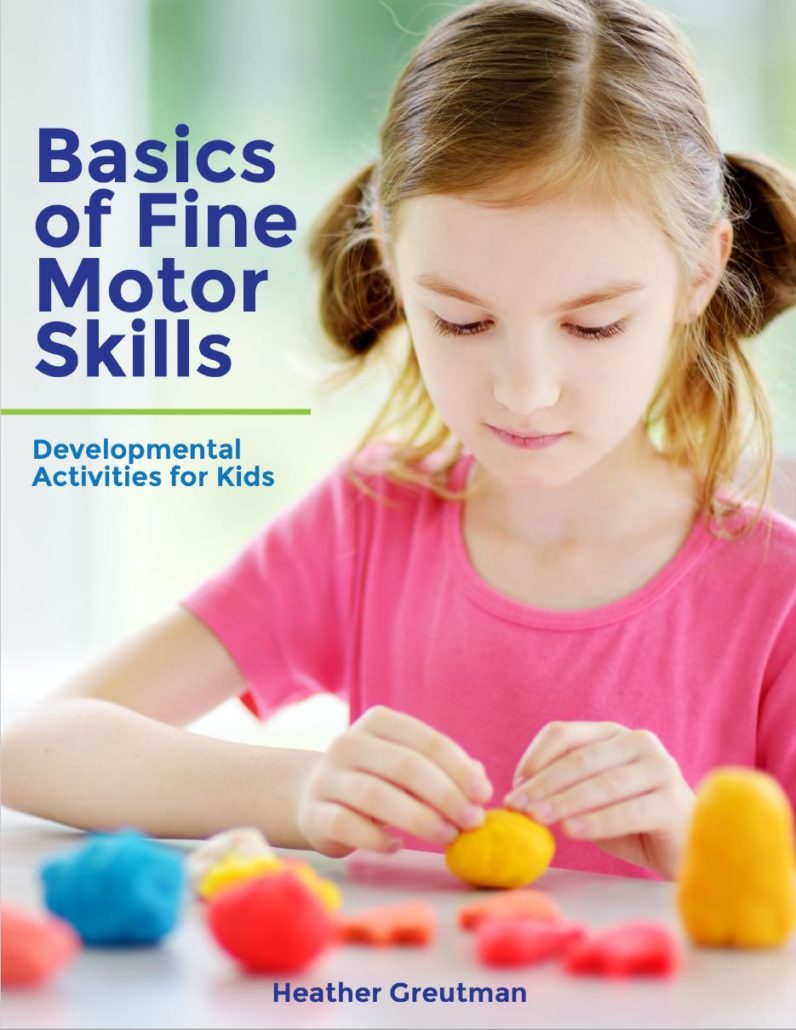The Importance of Fine Motor Skills for Children

Highlighting the importance of fine motor skills in a child’s growth to parents and educators is very important. Fine motor skills are part of every aspect of their daily life and academic success. During everyday activities, these skills involve the use of small muscles in the hands and fingers, enabling actions such as writing, buttoning, and grasping small objects. Fine motor skills are foundational for a child’s physical, cognitive, and social development. The development of a child’s fine motor skills starts in infancy and continues throughout life.
Key Aspects of Fine Motor Skills in Child Development
Fine motor skills are essential for a wide range of important tasks and activities throughout life. Here are general examples of fine motor skills:
- Daily Life Skills: Buttoning clothes, using utensils, and opening containers.
- Academic Tasks: Writing, cutting with scissors, and assembling puzzles.
- Creative Expression: Drawing, painting, and sculpting with play dough.
The development of these skills is not just about achieving milestones but also about enhancing a child’s ability to explore, learn, and become independent.

Basics of Fine Motor Skills – Developmental Activities for Kids
The Cognitive Connection
Fine motor skills and cognitive development are closely linked, with each supporting the growth of the other:
- Problem-solving: Activities like solving puzzles or building structures.
- Language Development: Describing actions and objects during play.
- Attention and Executive Function: Completing tasks that require focus and step-by-step processes.
Promoting Independence Through Fine Motor Skills
The ability to perform self-care and daily tasks independently, underpinned by fine motor skills, is a significant milestone for children. Incorporating fine motor development into daily activities and the daily routine in educational settings can be both fun and effective. Here are some examples:
- Self-care Tasks: Brushing teeth, combing hair, and self-feeding.
- Artistic Activities: Finger painting, coloring, and using clay.
- Manipulative Play: Building with small blocks, threading beads, and playing with sensory bins.
- Dressing: Zipping up jackets and tying shoelaces.
- Eating: Using cutlery and opening lunch boxes.
- Hygiene: Brushing teeth and washing hands.
If you notice that a child is having difficulties with the use of the small muscles of the hand, self-care activities, or any fine motor tasks, a pediatric occupational therapy evaluation may be a good place to start. Consult with the pediatrician, healthcare provider, or school special education staff for help as well.

Fine Motor Skill Builders – Fantastic Fingers®
Fine Motor Skill Milestones
Infants (0-12 months)
- Reflexive Grasp: Automatically closing the hand around a finger.
- Voluntary Grasping: Reaching for and holding objects.
- Pincer Grasp: Using the thumb and index finger to pick up small items.
Toddlers (1-3 years)
- Building Blocks: Stacking small blocks requires precise movements and hand strength.
- Drawing: Holding crayons and making marks on paper.
- Self-Feeding: Using spoons and attempting to use forks.
Preschoolers (3-5 years)
- Cutting with Scissors: Developing fine motor control and hand-eye coordination.
- Writing: Beginning to write letters and their name.
- Stringing Beads: Improving hand-eye coordination and dexterity.
School Age and Up
- Writing Proficiency: Gaining speed and efficiency in writing.
- Crafting: Engaging in more complex craft activities that require fine motor skills such as sewing or knitting.
- Musical Instruments: Learning to play instruments, which enhances fine motor control and coordination.
Enhancing Fine Motor Development
There are countless ways to support the development of fine motor skills. Here are some examples:
For Infants
- Tummy Time: Strengthens large muscles, laying the groundwork for fine motor skills.
- Sensory Play: Exploring different textures and objects.
For Toddlers
- Play Dough: Squeezing and molding to build muscle strength and control.
- Simple Puzzles: Enhancing hand-eye coordination and problem-solving.
For Preschoolers
- Arts and Crafts: Using scissors, glue, and markers to promote precision and creativity.
- Lacing Cards: Improving hand-eye coordination and patience.
For School Age and Beyond
- Model Building: Assembling small parts requires attention to detail and steadiness.
- Typing: Developing digital literacy and fine motor precision.
Resources for Supporting Fine Motor Development
To further explore activities and strategies for developing fine motor skills, the following resources are invaluable:
- Fine Motor Activities – Free Stuff provides a variety of printable activities and ideas for all ages.
- Fine Motor Activities for Toddlers offers simple, engaging tasks suitable for young children.
- Fine Motor IEP Goals highlights targeted objectives and activities for children with specific educational needs.
- Fine Motor Skills in Adolescence explores the continued importance of fine motor development in older children.
- Occupational Therapy Activities at Home provides ideas for incorporating fine motor practice into daily routines.
- Fine Motor Activities for Infants introduces age-appropriate activities for the youngest children.
- Difference Between Fine and Gross Motor Skills offers an insightful comparison to understand the roles of different motor skills in development.
- Fine Motor Activities for Preschoolers features activities specifically designed for preschool-aged children.
The importance of fine motor skills encompasses every facet of a child’s development, from their ability to perform everyday tasks to their success in academic and creative endeavors. By embedding fine motor activities into daily routines and educational settings, parents and educators can provide children with the tools they need to succeed. With resources like Your Therapy Source, supporting children’s fine motor development has never been easier, offering a pathway to independence, confidence, and lifelong skills.



